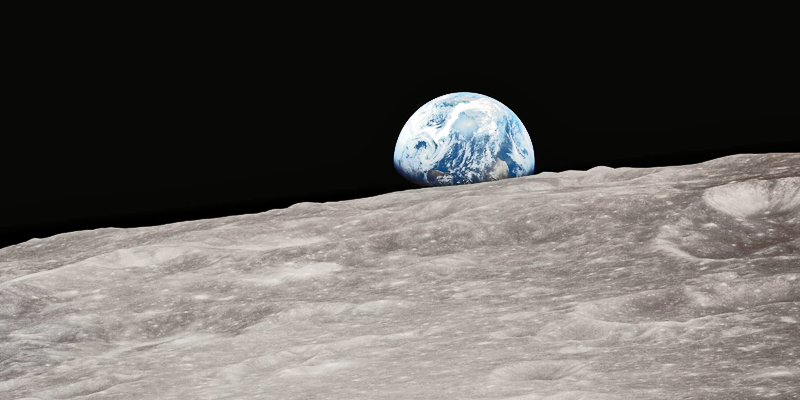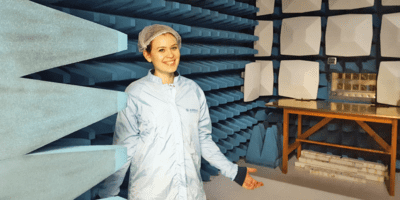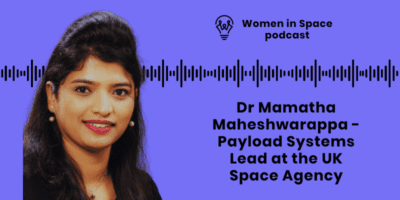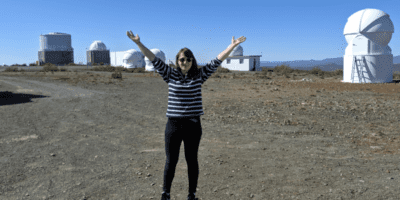Dr Vibha Levin Prabhu is an aeronautical engineer who completed a PhD in space architecture at the Open University, working on ‘Investigation of Extra-terrestrial Construction Processes using Additive Manufacturing Techniques’. Prior to this, Vibha worked in the Aerodynamics Department of Hindustan Aeronautics Limited in Bengaluru, India, completed her Master’s programme at the International Space University in France, and also worked as an intern at the NASA Ames Research Center in California’s Silicon Valley. Vibha is relocating to Luxembourg to resume her research career after a short break, pursuing a postdoctoral research fellowship at ESRIC (the European Space Resources Innovation Centre) in Luxembourg.
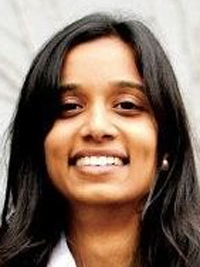
“There are so many amazing things that science can provide to you. It’s a feeling beyond this world.”
Embarking on an international space career
To recap, on my last Womanthology article that I wrote back in 2017, I finished my Bachelor’s in Aeronautical engineering from Gujarat University in India. After that, I wanted to pursue a Master’s in space science, but I got an amazing opportunity to work for an Indian company called Hindustan Aeronautics Limited, the sole manufacturer of Indian aircraft for the Indian Air Force.
I went into the aerodynamics department, because aeronautical engineering was my core field in my Bachelor’s degree, so that was the perfect job for me at the time, and I worked for HAL for eight years. After this, I decided I wanted to transition into the space sector, so I took a year’s sabbatical and did my Master of Science in Space Studies from the International Space University in Strasbourg, France.
Whilst I was there, I developed my understanding of the space sector further, after having focused on the aviation field until that point. I explored many things during my Master’s, and I even got to do my internship at NASA’s Ames Research Center in California, where I became fascinated by the field of in-situ resource utilisation (ISRU — using the resources available on planetary bodies like Moon and Mars, and trying to live off on them, rather than relying on resources brought from Earth).
After I did my internship and I worked on my project, I returned to my role in the aviation sector, but as I became increasingly interested in the ISRU field, I then started looking for a PhD to understand the topic more, gain more knowledge, and then try to continue my research. It was at this point, I got the opportunity to do a PhD at the Open University. The particular focus was exploring the field of using in-situ resources to build structures on the Moon.
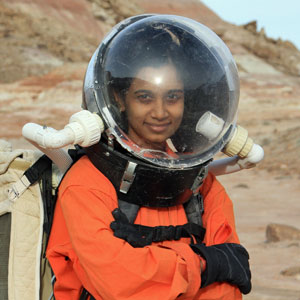
A new phase
After my last feature in Womanthology, while I was pursuing my PhD, I got married and had my child. I’ve finally finished my PhD after a year of maternity break and two years of COVID-related disruptions. Now, I’m moving on to my next phase of doing research. I’ve secured a postdoctoral research fellowship at ESRIC (the European Space Resources Innovation Centre) in Luxembourg and I’ll be continuing nearly the same research I did in my PhD. So, I’ll be further exploring microwave processing/sintering of the lunar soil to make structures on the moon. It focuses on studying the characteristics of lunar soil.
In general, resource utilisation involves exploring all the resources that are available on the planet that can be processed to extract what we need for our sustenance on that planet. I’m very interested in researching this field because it’s the future for human space exploration as it is something that would cut down the cost of space missions and would enable us to keep moving farther and farther across our solar system and beyond.
Finding new planets to inhabit would save our species in case of any mass extinction. Earth will most likely die one day, so if we want to continue our species, we have to find another home.
A future in space relies on diverse ideas
If humans want to inhabit planetary bodies, or asteroids, or anywhere other than Earth, where we have always lived, we need to consider every aspect of what we utilise in order to to live on Earth. We need water. We need food. We need social connections. We need emotional connections.
When you go beyond Earth and explore somewhere new you don’t change as a person. You still remain a human who has lived on Earth, and so you want everything that you have known on Earth for your sustenance. Thus, it is important that studies should be conducted to provide sufficient information on maintaining psychological, physical and emotional well-being in space so these needs can be met as they are on Earth.
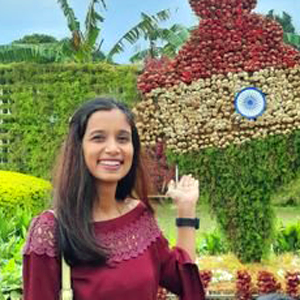
The other human factor that kicks in when you stay away for a long period is forced social isolation. Living in space for a long duration means staying away from our loved ones, which can bring emotional imbalance. There are so many simulated missions happening on Earth by NASA, ESA and by many private organisations like the Mars Society. These missions involve studying people’s behaviour in a closed environment.
The human body has evolved to live within the Earth’s atmosphere and adapting to space environments needs to take account of space psychology, physiology, emotional and social well-being related topics, which should hold equal importance to space science, engineering and biomedical fields. Thus, study of every that makes our life beautiful and peaceful on Earth must be studied to live well in space.
Other non-scientific fields like space law are also increasingly becoming important areas to explore. Space outreach is also vital in inspiring the next generation, which involves teachers in key roles.
This means that diversity of thought is vital in the space sector. From a gender perspective too, an equal distribution of men and women in the field brings different perspectives.
Championing inclusion and introducing new ideas to diverse groups of people
In my last Womanthology article, I spoke about how taking part in Soapbox Science, where women stand on soapboxes at events and discuss the work they do, is vital to help champion inclusion. I loved taking part in Soapbox Science as it’s a platform where women can present themselves. You go into public places like shopping centres and you talk to people who are just going about their daily lives.
The people you present to may not usually read science articles or even think about science at all but I love the way the talks would get people thinking. Are there women working in space? They may not have been thinking about that before, but once they see you their minds get ignited.
We usually think about inspiring our kids but it is lovely to see the older generation being involved, as they have often never come across such things, so it’s about providing outreach platforms that inspire people to realise the importance of science. You can do this by going into schools but I think it’s really fun to make science accessible to anyone and everyone by taking it to different public spaces.
Sometimes when I speak to student students about STEM careers, it is presumed that STEM is important for making financial growth in life but STEM isn’t about that in the first instance. STEM is for exploring the beautiful universe we live in. You love STEM subjects when you start understanding them. There are so many amazing things that science can provide to you. It’s a feeling beyond this world.
Today so many more women are working and it’s no longer a taboo. However, when we become mothers, we have to pause for a while to take care of our little bundles of joy. This period is one of the most beautiful periods for mothers. On the work front, we shouldn’t snatch away opportunities for women just because they’ve become a mother.
There should be a supportive environment in the workplace for new mothers to overcome career challenges brought about by motherhood. We also need female role models to share their experiences and show that anything can be achieved for such women. We should have the opportunity to read about women who have overcome challenges associated with their family situation, financial situation or personal life, from which others can draw strength and learn from.
As I wrote in the previous article: “Gender is not what defines our capability, it’s our dreams and the commitment to those dreams that define our capability.”
Wow, this is it!
I love my research work and I don’t see it as a two or three-year project, but rather a lifetime project to enable humanity to live on other planetary bodies by sustaining themselves utilising local resources.
I am excited to be joining ESRIC, European Space Resources Innovation Centre, which is the World’s first innovation centre entirely dedicated to space resources. It was launched in 2020 as an initiative of Luxembourg Space Agency and Luxembourg Institute of Science and Technology in strategic partnership with European Space agency.
I am about to start my post-doc with ESRIC in the next month, so I am yet to learn a lot about the various research that is going on in the field of space resource extraction and utilisation. I will try to give my best and I would love to see things being built on the moon using the lunar soil one day, so I’m looking forward to that.
In the next five to ten years I would really like to send a tiny miniature payload (a technology demonstrator), which can fly with upcoming missions to the Moon. Artemis, NASA’s mission to go back to the moon, has brought all the excitement back after the Apollo era. So this is the right time to be working in this field and I’m really thrilled.
Main image credit: NASA/Kevin M. Gill

